Buying Guide for the Best 65 Inch Television
Choosing the right 65-inch television involves understanding various specifications that can significantly impact your viewing experience. It's essential to consider your specific needs, such as the type of content you watch, the room's lighting conditions, and your preference for smart features. By focusing on key specifications, you can find a TV that offers the best picture quality, sound, and overall performance for your needs.ResolutionResolution refers to the number of pixels that make up the picture on the screen. Higher resolution means more pixels and a clearer, more detailed image. Common resolutions include Full HD (1080p), 4K (2160p), and 8K (4320p). For a 65-inch TV, 4K is generally the sweet spot, offering excellent picture quality and compatibility with most content. 8K is more future-proof but currently has limited content. Choose 4K if you want a balance of quality and content availability.
Display TechnologyDisplay technology affects the picture quality, color accuracy, and viewing angles. The main types are LED, OLED, and QLED. LED TVs are generally more affordable and offer good performance. OLED TVs provide superior picture quality with perfect blacks and excellent color accuracy, ideal for movie enthusiasts. QLED TVs, a type of LED, offer better brightness and color volume, making them great for bright rooms. Choose OLED for the best picture quality or QLED for bright environments.
Refresh RateRefresh rate is the number of times the TV updates the image per second, measured in Hertz (Hz). Common refresh rates are 60Hz, 120Hz, and 240Hz. A higher refresh rate results in smoother motion, which is important for fast-paced content like sports and gaming. For most users, 120Hz is a good balance, providing smooth motion for a variety of content. Choose a higher refresh rate if you watch a lot of action-packed content or play video games.
HDR (High Dynamic Range)HDR enhances the contrast and color range of the TV, making the picture more vibrant and realistic. There are different HDR formats, including HDR10, Dolby Vision, and HLG. HDR10 is the most common and provides a noticeable improvement in picture quality. Dolby Vision offers dynamic metadata for even better performance but is less widely supported. Choose a TV with HDR support to enjoy more lifelike images, especially if you watch a lot of movies and TV shows.
Smart FeaturesSmart features refer to the TV's ability to connect to the internet and run apps like Netflix, YouTube, and more. Most modern TVs come with smart features, but the user interface and app availability can vary. Look for a TV with an intuitive interface and support for the apps you use most. If you use streaming services frequently, ensure the TV has a robust smart platform to enhance your viewing experience.
Audio QualityAudio quality is crucial for an immersive viewing experience. While most TVs have built-in speakers, their quality can vary. Look for TVs with good sound quality or consider additional sound systems like soundbars for better audio. If you value high-quality sound, check the TV's audio specifications or plan to invest in external audio equipment.
ConnectivityConnectivity options determine how you can connect other devices to your TV. Important ports include HDMI, USB, and audio outputs. More HDMI ports allow you to connect multiple devices like gaming consoles, Blu-ray players, and streaming devices. Ensure the TV has enough ports for your needs and consider future-proofing with HDMI 2.1 for better performance with next-gen devices.
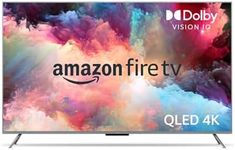
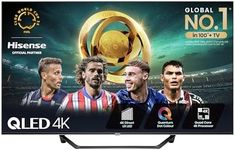


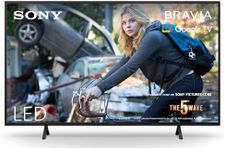
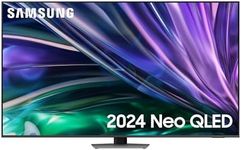
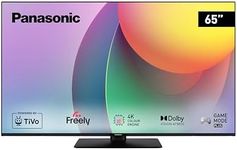
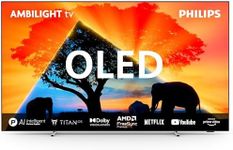





![LG 65NANO81T6A 65-Inch Nanocell AI 4K UHD Smart TV, (α5 AI Processor Gen7, Freeview Play and Amazon Alexa, 60Hz), Ashed Blue [Model 2024]](https://images-proxy.bestreviews.guide/dQj2uaXjnZqV1IdAl29NrEfX5TE=/0x150/https://m.media-amazon.com/images/I/41EqdBRSPuL._AC_CX679_.jpg)



